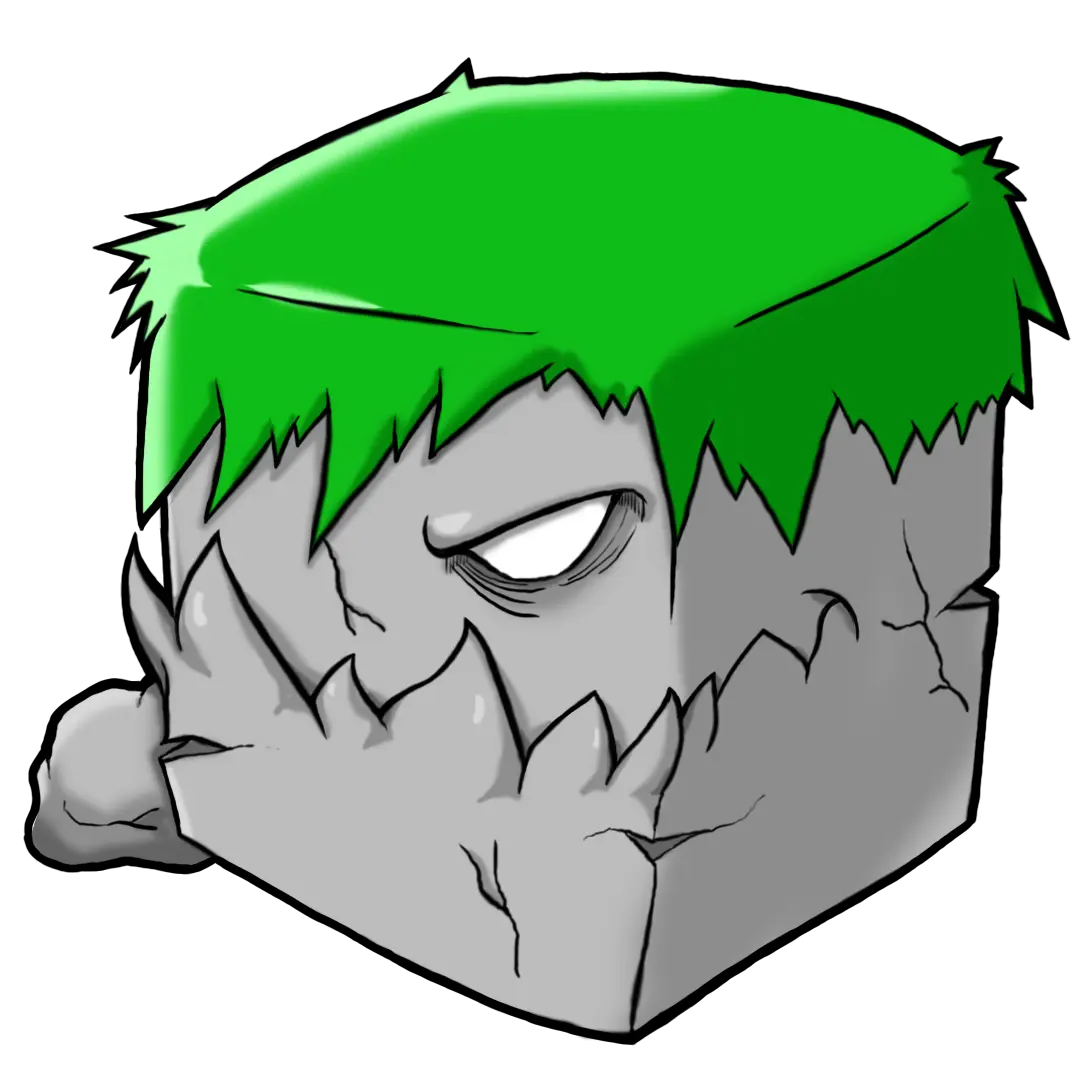You know what the scariest moment is when you have a new idea? I used to play out scenarios in my head that often ended with "this looks risky, let's stop," because I was stuck in the perfectionism trap of not starting until I had the perfect plan.
But then a friend of mine who works at a startup accelerator said something that completely changed my perspective: "The secret of creative people is the ability to fail well - to fail quickly and cheaply so you can learn from it."
That's when I started to learn a whole new way of validating ideas: the "creative experimentation" methodology, where you quickly test your core hypothesis before creating a big business plan or finished product.
Prompt.
복사
** Creative test design expert
What to test:
- Idea outline: [the core idea you want to validate].
- Key Assumptions: [the prerequisites for this idea to succeed].
- Target audience: [the audience for whom you want to validate your hypothesis].
- Resource constraints: [time/budget/staffing limitations].
Innovative validation methodology:
 Step 1: Decompose and prioritize hypotheses
Step 1: Decompose and prioritize hypotheses- Separate key assumptions for success into independent elements
- Create a matrix of the importance and verification difficulty of each hypothesis
- Determine the test sequence, starting with the most critical assumptions first
 Step 2: Design a low-cost experiment
Step 2: Design a low-cost experiment- Create an "experimental prototype" that is simpler than an MVP (minimum viable product)
- Go beyond surveys/interviews to observe real-world behavior
- Measure real demand with a fake product/service
 Step 3: Creative data collection
Step 3: Creative data collection- Balancing quantitative numbers with qualitative feedback
- Open observation to uncover unexpected usage patterns
- Hypothesis-driven tracking system to analyze reasons for failure
 Step 4: Iteratively improve and pivot
Step 4: Iteratively improve and pivot- Criteria for rapid change of direction based on test results
- How to recognize and respond to partial success and complete failure
- Organizing learnings for the next experiment
Include specific testing tools and success/failure criteria.
After six months of testing different ideas with this systematic approach, I had some really unexpected realizations. The biggest change was the shift from "fear of failure" to "excitement to learn".
For example, when we tested the idea of a "lunchtime meditation app for office workers," we initially tried to build an app, but when we created a simple fake landing page, the response was completely different from what we expected: people were interested, but they weren't willing to actually use it.
So my next experiment was to host an actual in-person meditation session, and I made a really interesting discovery: people didn't want the meditation itself, they wanted the "relaxation time with their coworkers." So I pivoted the idea and rebranded it as a "team healing program" and got a much better response.
I was particularly impressed with the effectiveness of 'fake product testing': by seeing how users reacted to mockups and prototypes before actual development, we were able to pinpoint key needs while saving months of development time and money.
Looking back a year later, I've tested about 10 ideas, eight of which ended in "beautiful failure," but two were validated to the point where they could become real businesses. The best part is that the insights from each failure informed my next idea, allowing me to make increasingly accurate hypotheses.
If you're thinking about validating a new idea, don't try to come up with the perfect plan and start with a small experiment. Failure is not a cost, it's the most valuable education!
Like it
48
Love it
Like it
Slightly like it
Comments
0
Write a comment
Reacting to problems after they happen is remediation, not management
A few years ago, our team had a really nerve-wracking event: a core system suddenly went down, disrupting customer se...
What if you did 1000 virtual experiments before drawing on a real canvas?
A few days ago, I visited a digital artist's studio and witnessed a truly shocking sight: dozens of versions of the s...

